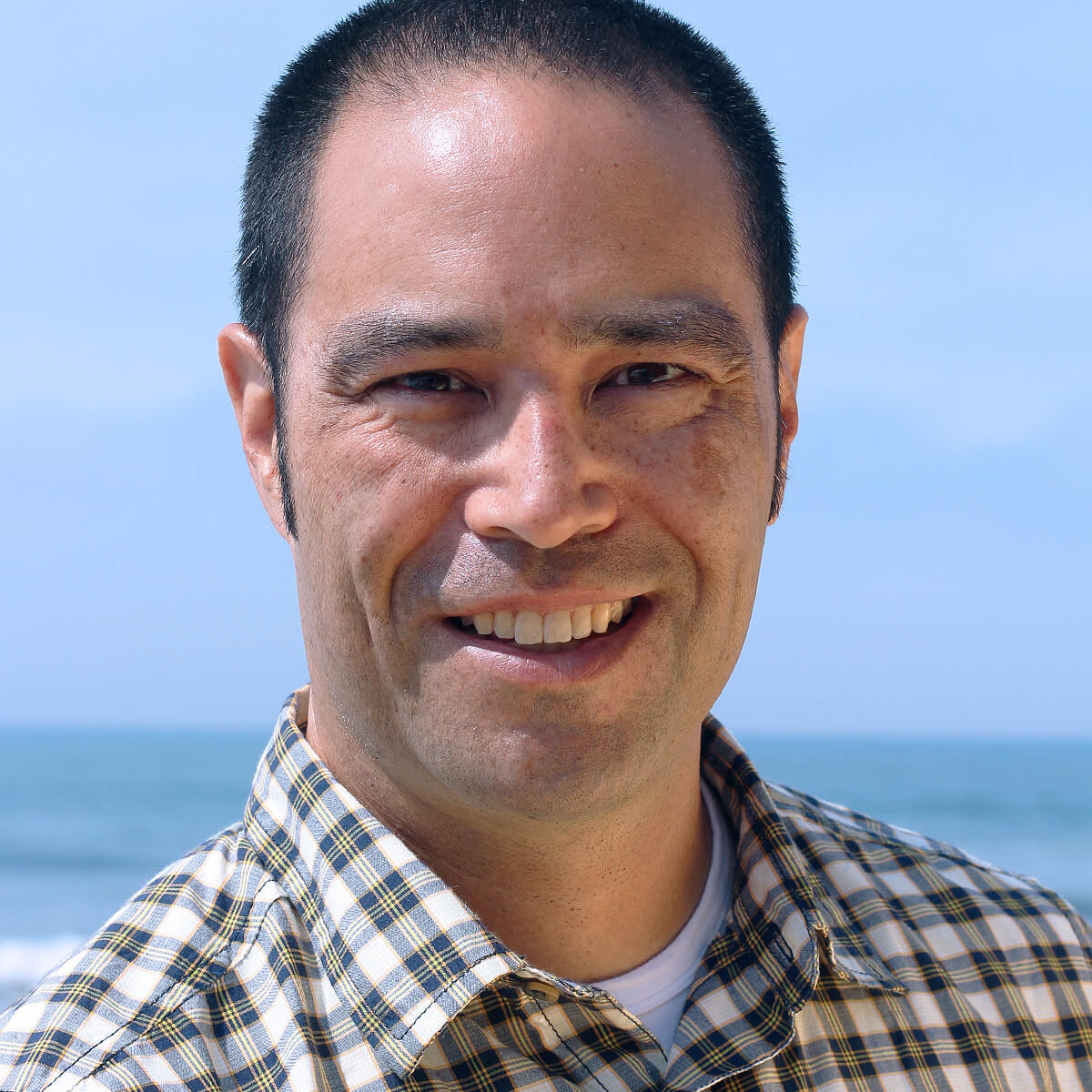
Brent Maravilla
What’s your background?
I have 21 years of experience. I started off doing B2B in the fashion industry, then best-practices research for execs at Global 2000 companies, and then non-profit work for a quick minute before doing federal buying for 9 years. During my years as a fed, I started off at US Postal Service doing strategic sourcing and buying management consulting services, then US Army doing construction buys, and then US EPA to lead a team of IT buyers.
What inspired you to join USDS?
While at the EPA, I was told to be in a (then) new training and development program called Digital IT Acquisition Professional (DITAP), run by the USDS, Office of Federal Procurement Policy (OFPP), and a training vendor. During the 6-month program, we were learning modern technology approaches, and how to apply the Acquisition Principles for Digital Services to an individual buy. I quickly realized two things. First, I’d been buying technology all the wrong ways - which I quickly repented of. Two, this digital service thing is really more like a revolution to make government better for citizens, and I wanted to be a part of it.
When I was in DITAP, we were taught to apply agile principles to the procurement process itself. At first I was skeptical about this whole agile procurement speak and I thought meh, that’s cute. But then the instructors forced me to try it by applying it to a real procurement problem as part of a group assignment. As a result, my teammate Erica Evans (also a part of USDS now) and I targeted the following problem: the typical sources sought approach is time consuming for vendors, doesn’t show (vs. tell) the government how a vendor builds tech, and generally provides little meaningful information.
We created a problem statement, product vision, hypothesis, test plan, and success criteria. And then we created and prototyped a sources sought tool that uses google forms to capture more meaningful responses from industry, and does it faster. So I went from meh, that’s cute to whoa, injecting agile into the procurement process works better. This attracted me even more to USDS. And my resolve to contribute to the movement was only strengthened when I heard about how USDS works, their values, and the awesome things they had delivered. So when USDS asked me to join and serve, I responded with an enthusiastic yes.
What has been your biggest challenge?
When I became a USDS employee, I noticed that USDS approaches everything they do with an agile mindset. I was also pleasantly surprised how much they let me experiment and fail fast. I kept on pinching myself - am I really still within Government? I’ve never been so supported to experiment. One of the first things I helped work on was creating the 8(a) Digital Service Initiative. When we created that, we created a problem statement, product vision, hypothesis, test plan, and success criteria. But when I started meeting with agencies to encourage them to use the Initiative, they mentioned that they didn’t know which 8(a) vendor to choose. So we came up with an idea of combining the Initiative with a match-making day, where we do some initial market research, then provide a few of them the work objectives a week in advance, then those vendors have a face-to-face, interactive meeting with the agency team. EPA was the first agency to prototype this approach, which led to a contract. But we had a lot of lessons learned. So we enhanced the process when we supported USDA in their procurement of the farmers.gov MVP development. I’m very proud of how USDA and their vendor team were able to ship a digital product within months.
How does your work make an impact?
I’ve really appreciated having the opportunity to work on high-level things that have a meaningful, far reach, such as creating the 8(a) Digital Service Initiative which a number of agencies are now using to get started faster with digital services. And it’s been a privilege to help oversee and teach DITAP as it scales to teach what will be 1,000+ procurement professionals who will fulfill a critical role of ushering in the digital service movement. But I’ve also enjoyed digging into buys at the tactical level, where I can test out and prototype innovative approaches, and then turn around and teach those approaches and lessons learned to current DITAP students.
What do you want to do after USDS?
I’m not sure yet, but I can see myself continuing to contribute to the advancement of digital services in civic tech.
What will you miss most about USDS when you leave?
I’ll really miss working with this unique group of talented, driven, friendly, fun-loving, and enthusiastic geeks. It’s been an honor to be counted among them.


